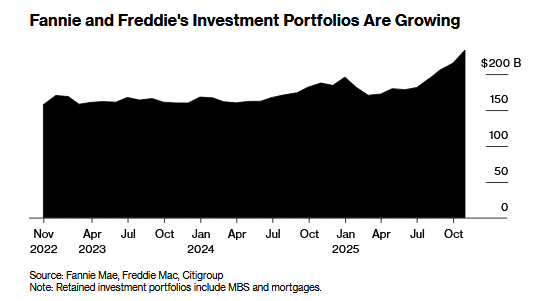 The Federal Reserve kept policy on hold, and its sparse statement gave little clue as to what it makes of the pressures in the money markets or the weakness in the housing market. The effective Fed funds rate is bumping against the cap provided by the interest rate on reserves. Some repo rates, like SOFR (the intended replacement for LIBOR), have on occasion poked above what should be the ceiling. The housing market is showing broad signs of turning down, and this will test the shadow banking (non-bank lenders, servicers, nearly entire mortgage eco-system) that emerged post-2008.
The Federal Reserve kept policy on hold, and its sparse statement gave little clue as to what it makes of the pressures in the money markets or the weakness in the housing market. The effective Fed funds rate is bumping against the cap provided by the interest rate on reserves. Some repo rates, like SOFR (the intended replacement for LIBOR), have on occasion poked above what should be the ceiling. The housing market is showing broad signs of turning down, and this will test the shadow banking (non-bank lenders, servicers, nearly entire mortgage eco-system) that emerged post-2008.
The Fed statement often thought to be written by or at the instructions of the chair, made a few brief broad points. The economy is growing strongly, though it recognized that business investment has moderated from earlier in the year. Unemployment has trended lower. Price pressures are near the Fed’s target. There is little for the Fed to do but gradually raise interest rates.
There is no reason to think the Fed will stand pat in December. Survey results generally support our argument that a quarter point hike is as done of a deal as these things can be. If hiking rates rate back-to-back meetings does not meet the operational definition of gradual, then not hiking rates in December would also be seen as something exceptional.
The debate over what is happening in the Fed funds market continues. Many in the market argue it a combination of the Fed, for draining reserves, and the regulators, for demanding higher liquidity standards, for creating a shortage of reserves. The Federal Reserve and others argue that the problem may have more to do with the deluge of bill issuance.
The dollar has strengthened in the immediate aftermath of the Fed’s decision as it continues to recoup the losses after the midterm election.
Full story here Are you the author? Previous post See more for Next post
Tags: #USD,FOMC,newsletter



























